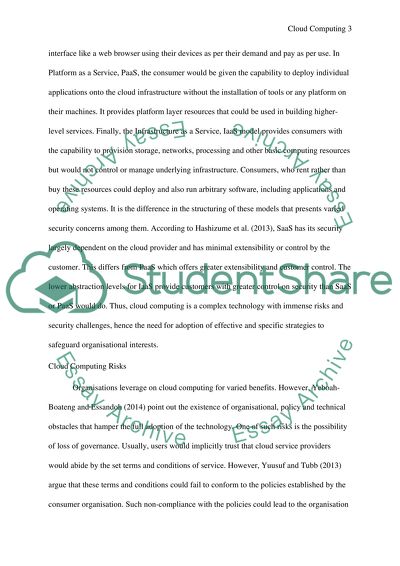Cite this document
(“Cloud computing risks & security concerns Essay”, n.d.)
Retrieved from https://studentshare.org/information-technology/1671261-cloud-computing-risks-security-concerns
Retrieved from https://studentshare.org/information-technology/1671261-cloud-computing-risks-security-concerns
(Cloud Computing Risks & Security Concerns Essay)
https://studentshare.org/information-technology/1671261-cloud-computing-risks-security-concerns.
https://studentshare.org/information-technology/1671261-cloud-computing-risks-security-concerns.
“Cloud Computing Risks & Security Concerns Essay”, n.d. https://studentshare.org/information-technology/1671261-cloud-computing-risks-security-concerns.


